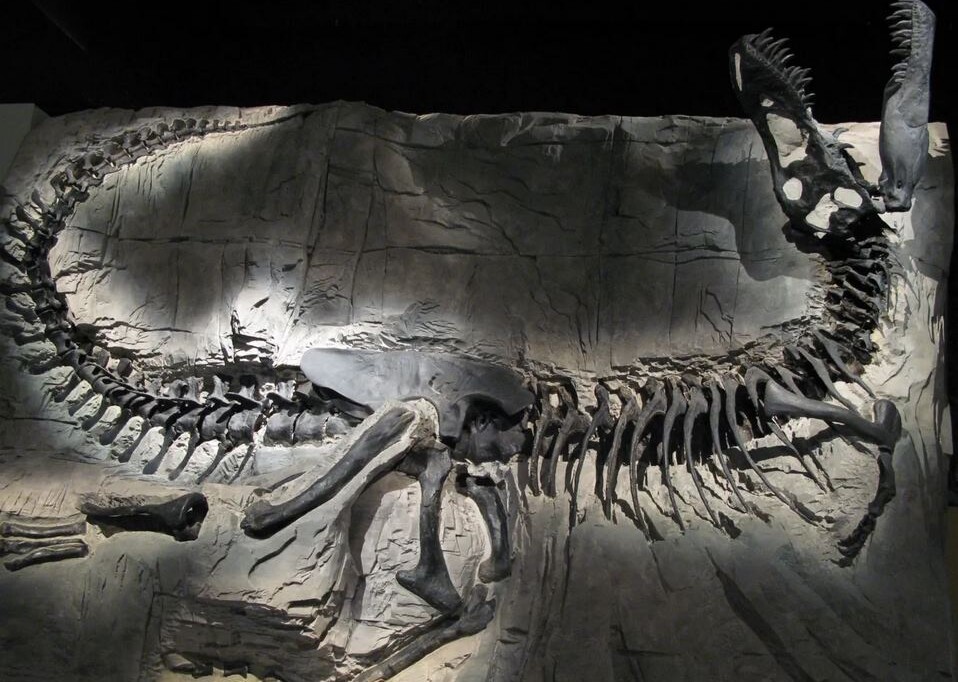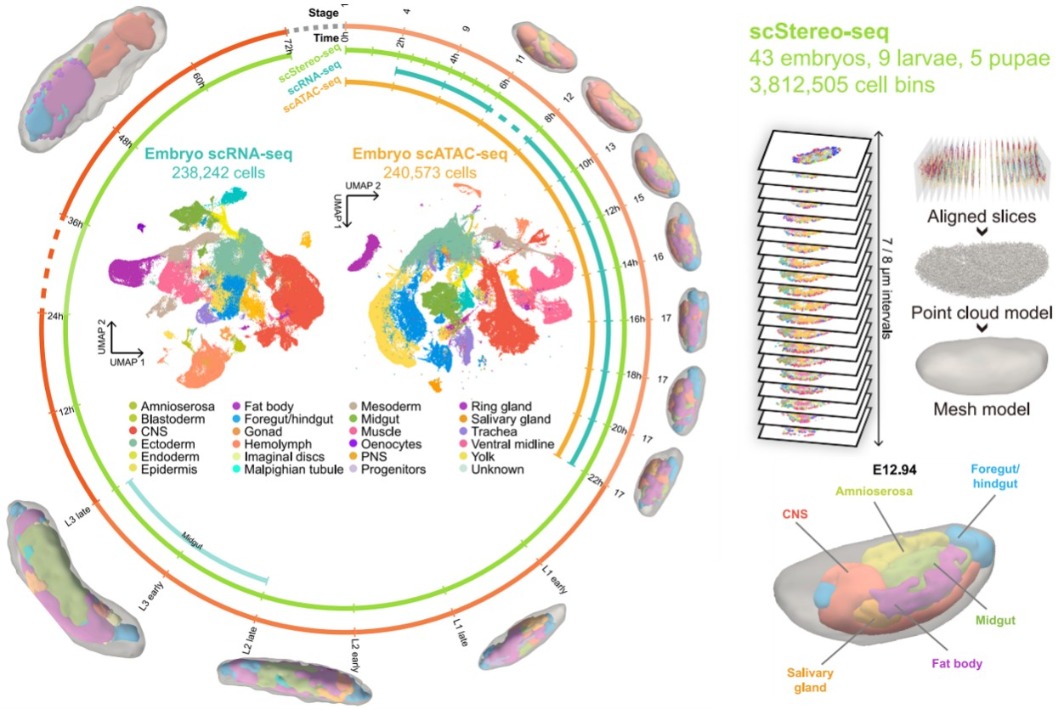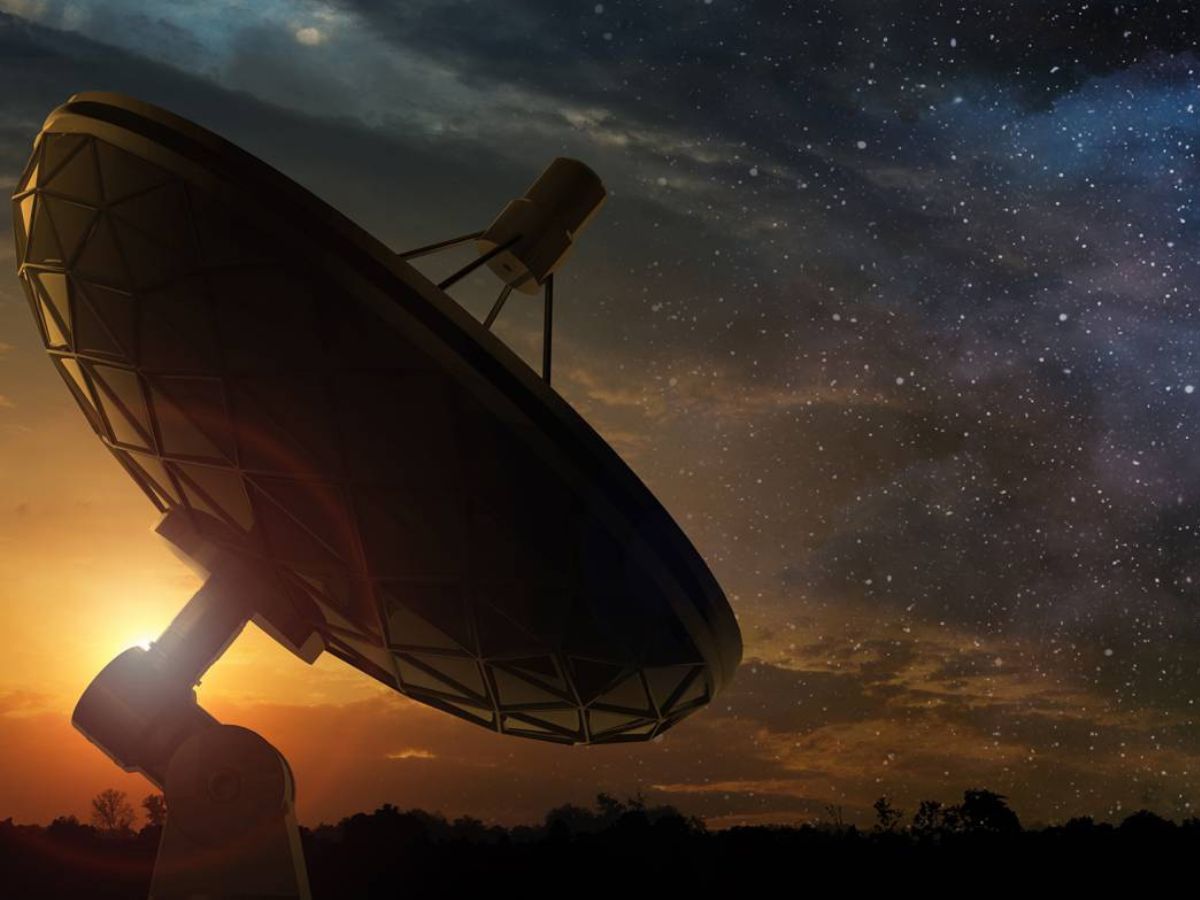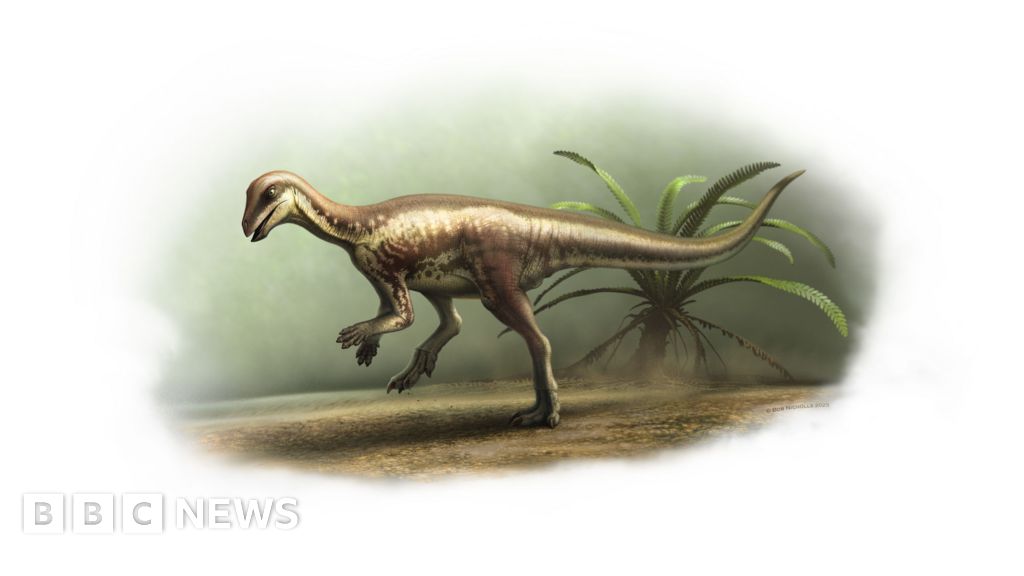Discovery of 3I/ATLAS: The Oldest Comet Ever Found?
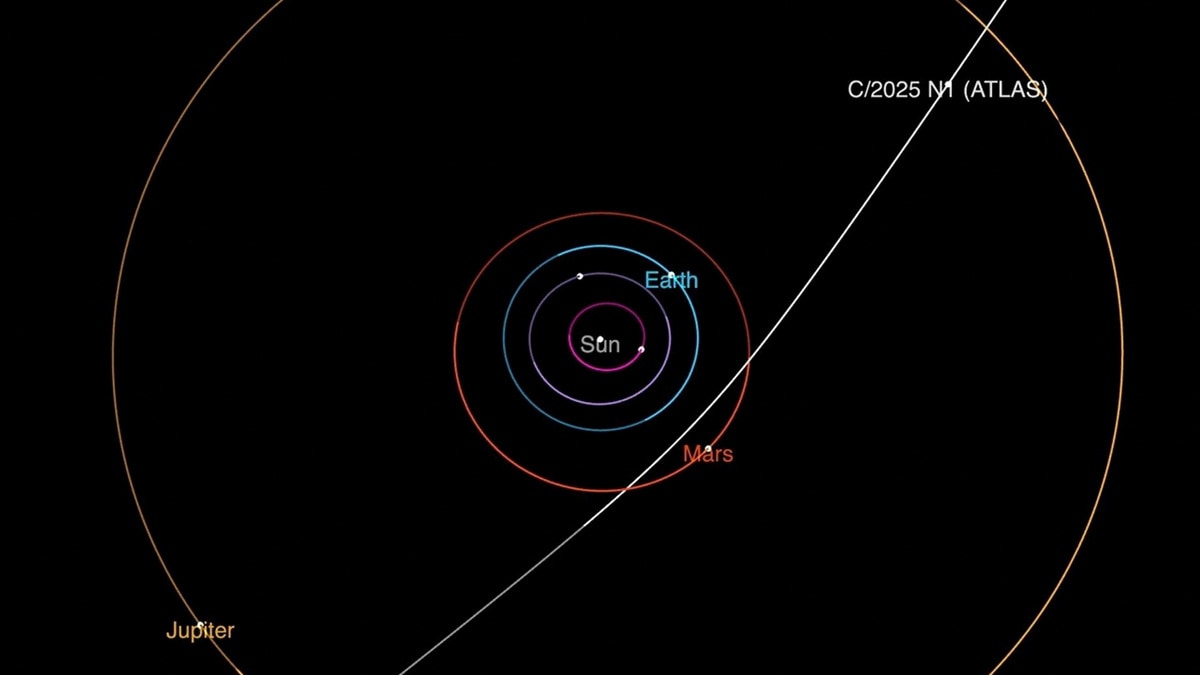
On July 1, astronomers made a groundbreaking discovery, unveiling a mysterious object speeding through our solar system. This celestial body, designated as 3I/ATLAS, has ignited excitement within the scientific community due to its potential status as the oldest comet ever observed—possibly even predating our solar system.
The object was first identified by the Atlas telescope located in Chile. As the third known interstellar object to enter our solar system—following 1I/Oumuamua in 2017 and 2I/Borisov in 2019—3I/ATLAS is already making waves among researchers. Its intriguing characteristics, including a tail and nucleus, have confirmed its classification as a comet.
Initially named A11pl3Z, 3I/ATLAS was detected approximately 669 million kilometers from the sun and is estimated to have a diameter of around 20 kilometers. NASA has reassured the public that Earth is not at risk from this object. Experts believe it is primarily composed of water ice and likely originates from the Milky Way's so-called 'thick disk'—a region that constitutes about 10 percent of the galaxy's stellar mass. Currently, large telescopes are able to track 3I/ATLAS, and amateur astronomers can expect to see it later this year.
As 3I/ATLAS approaches the sun, which it is predicted to do most closely in October, it will be traveling at an astounding speed of around 68 kilometers per second (approximately 245,000 kilometers per hour). Despite this speed, it will still remain about half as distant from the sun as Earth. The rising temperatures will cause the comet’s frozen components to vaporize, creating a coma and a trailing tail that are characteristic of comets.
The scientific implications of this discovery are profound. Researchers presented their findings at a meeting of the Royal Astronomical Society in Durham University last Friday. University of Oxford astronomer Matthew Hopkins expressed his enthusiasm, stating, “We’re all very excited by 3I/ATLAS.” Having recently completed his PhD, Hopkins shared his anticipation of discovering more interstellar objects, and now, with 3I/ATLAS, he feels his efforts have borne fruit.
Hopkins estimates that 3I/ATLAS could be as old as 7 billion years, which is remarkable considering our Milky Way galaxy is approximately 13.6 billion years old. This would make 3I/ATLAS older than the solar system itself, which formed about 4 billion years ago. Hopkins elaborated, “All non-interstellar comets, like Halley’s comet, formed at the same time as our solar system, so they are up to 4.5 billion years old. However, interstellar visitors may be significantly older and statistical methods suggest that 3I/ATLAS is likely the oldest comet ever identified.”
Additionally, there is a nearly 70 percent probability that 3I/ATLAS is between 7.6 and 14 billion years old, according to Hopkins. Professor Chris Lintott, a co-author of the study, added, “This is an object from a part of the galaxy we’ve never seen up close before. We think there’s a two-thirds chance this comet is older than the solar system, and it has been drifting through interstellar space ever since.”
The scientists are eager to understand what the presence of 3I/ATLAS means for future studies. Michele Bannister, from the University of Canterbury in New Zealand, noted, “We’re in an exciting time, as 3I/ATLAS is already showing signs of activity. The gases that may be seen in the future as 3I/ATLAS is heated by the sun will test our models.” This discovery is attracting the attention of some of the largest telescopes worldwide, which may provide even more insights into this fascinating interstellar visitor.



















